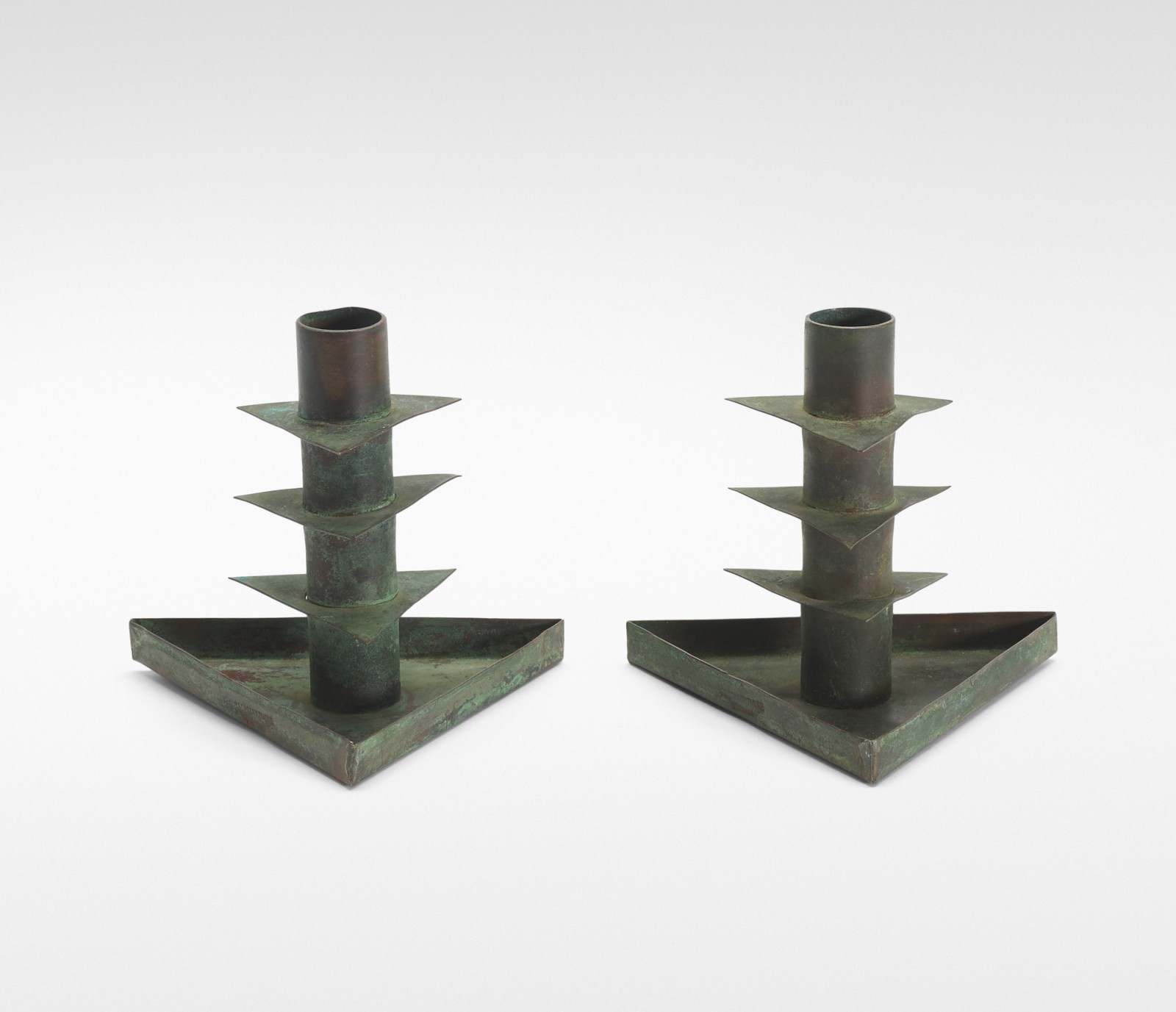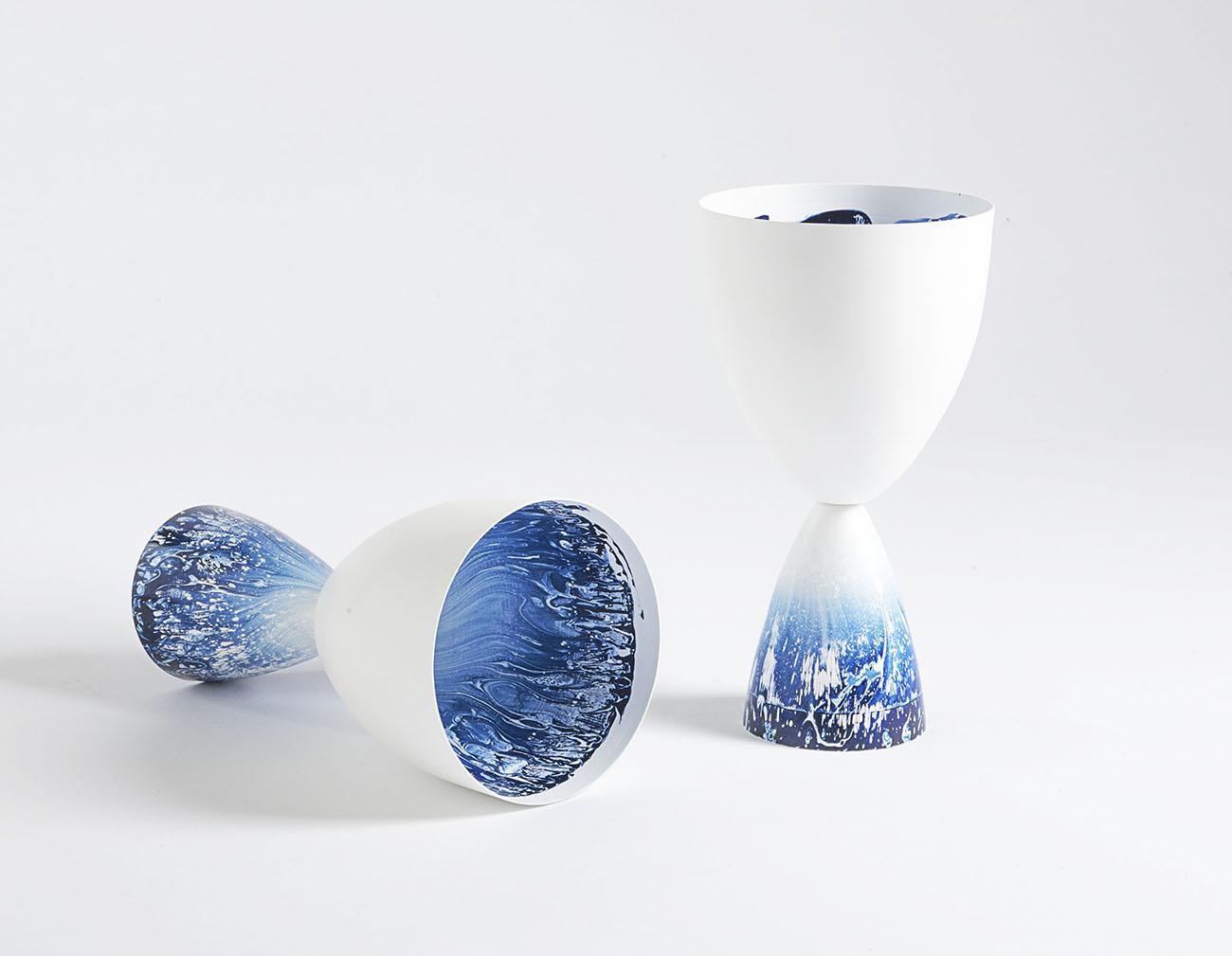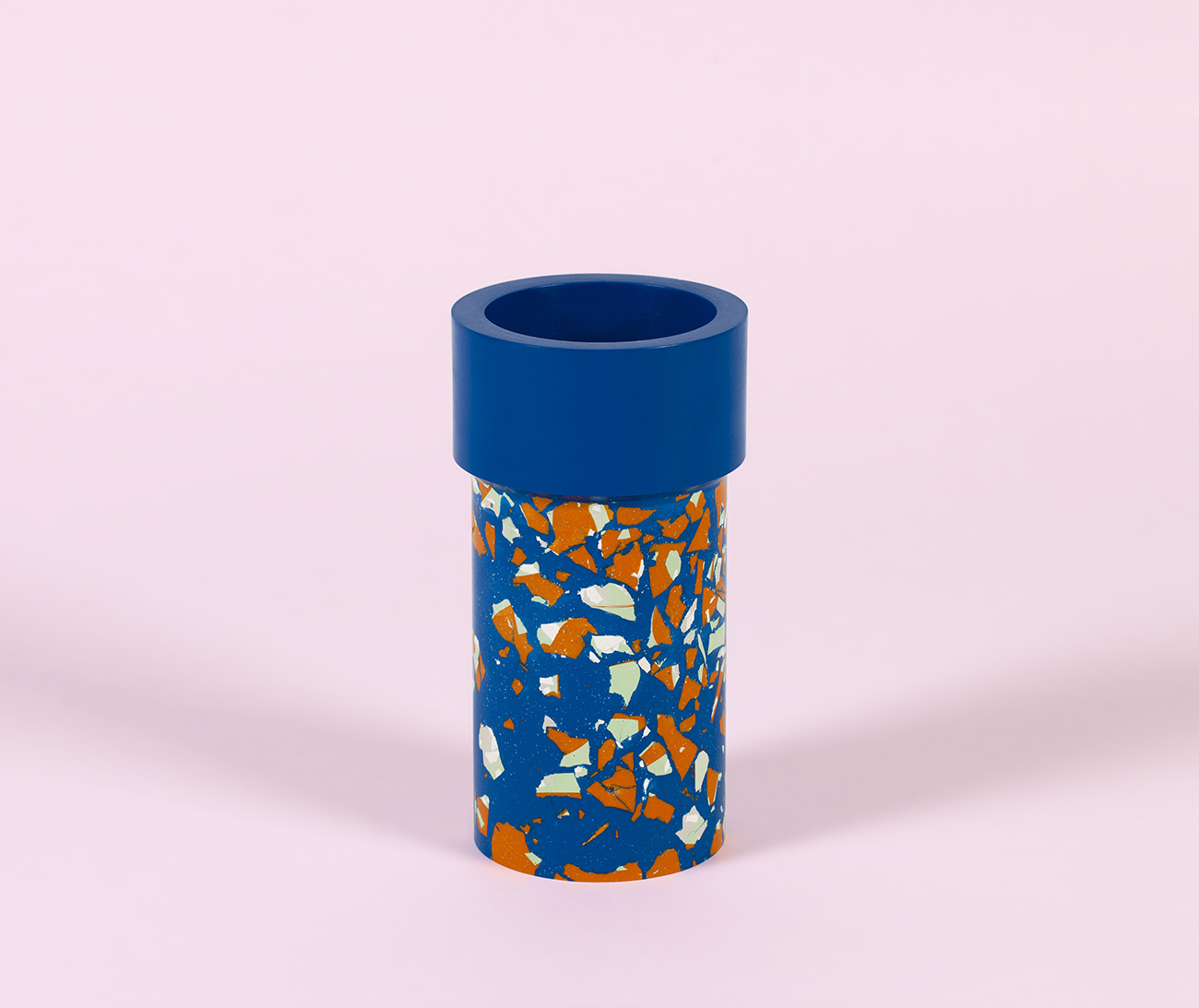
07.01.15
Fair Report
The Top 5 Designers at RCA’s 2015 Graduate Show
It’s graduate show season in London, and though we’ll be featuring students from all over town in the coming weeks, we’ve found over the years that no show is quite as spectacular — or up our alley — as the Royal College of Art’s. With its esteemed alumni including the likes of Barbara Hepworth, Thomas Heatherwick, Tracey Emin, and David Hockney — not to mention some of our favorite contemporary designers, such as Max Lamb, Hunting & Narud, Soft Baroque, Fredrik Paulsen, and Hilda Hellström — Show RCA always boasts an impressive arsenal of postgraduate talent across a variety of disciplines. (Click here to see our 2014 list of up-and-coming designers!)
This year’s cohort of graduates didn’t disappoint. From sustainable design solutions and alternative manufacturing techniques, to textile experimentation and futuristic constructions, the show upheld the RCA’s reputation as the leading institution for Masters programs across contemporary art and design— and as one of our favorite places to scout up-and-coming designers. Here are our top five designers from the show.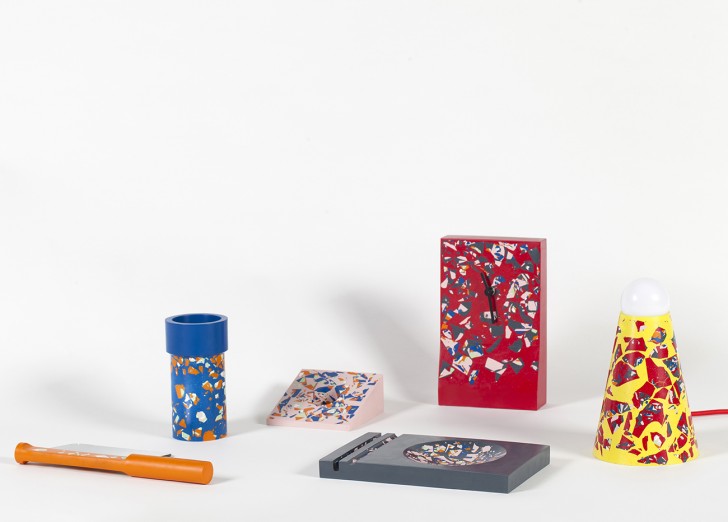
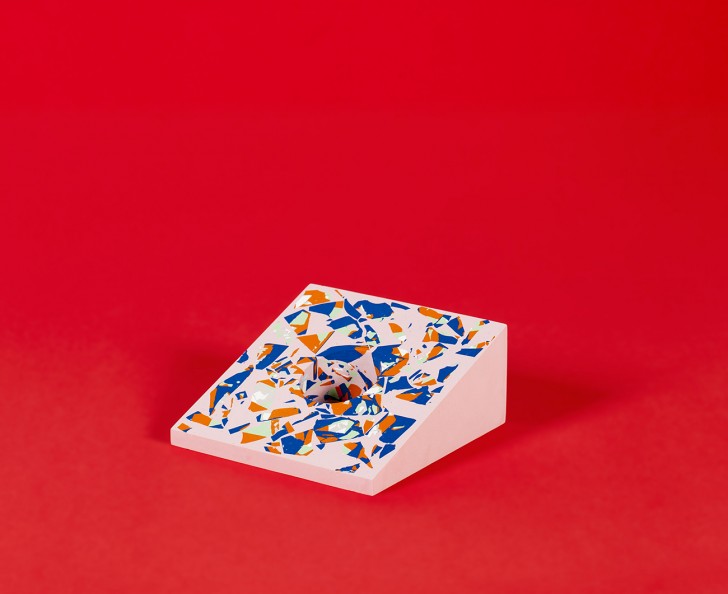
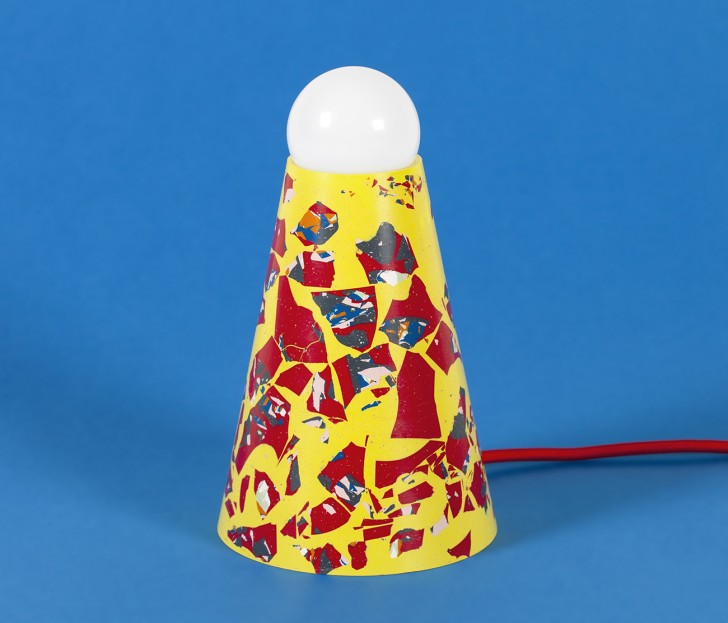
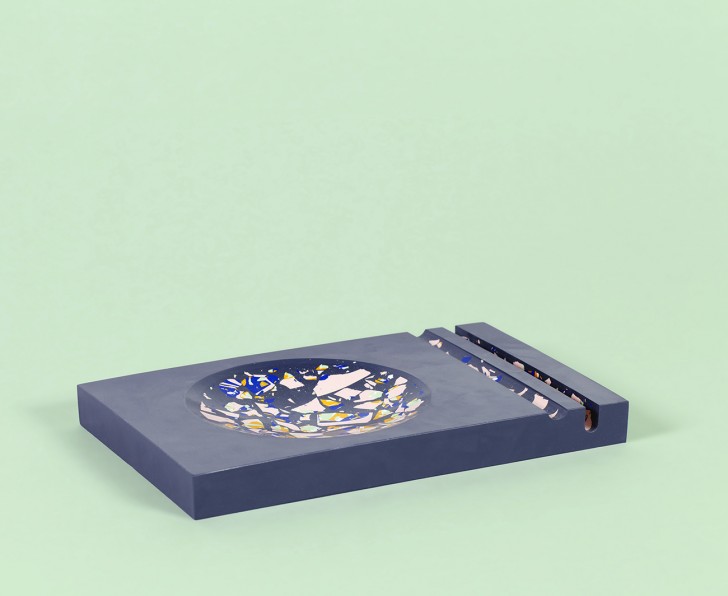
Will Yates-Johnson
Questioning consumption and society’s desire for newness, Will Yates-Johnson explores a method of recycling by which an object can be endlessly broken up and remade. The Polyspolia project revolves around a colorful composite material Yates-Johnson invented from thermoset plastic resin mixed with wood flour and powdered limestone. The material can be molded easily into shape but is then intended to be smashed into brittle pieces for remelting and remaking — such as into these smoothly finished vessels and desk accessories — leaving behind a mesmerizing, terrazzo-style surface. As for the name, “Poly” is Greek for “many” while the Latin “spolia” is derived from “spoils,” an ancient custom of reusing earlier building material to make new monuments. Fun future-proofing, we say. (Photos: Darek Fortas)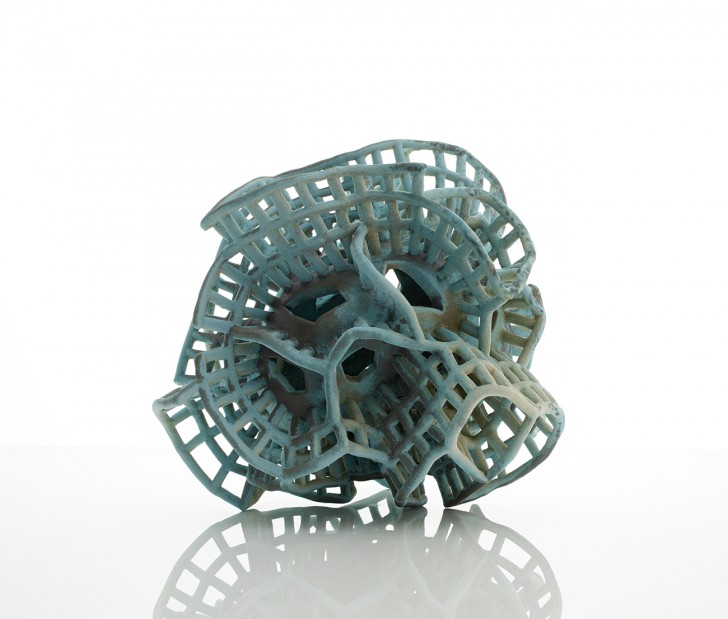
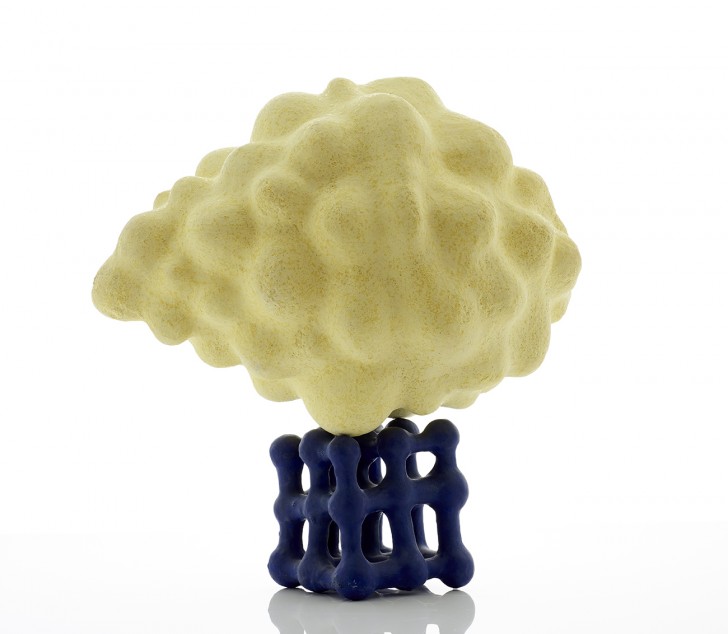
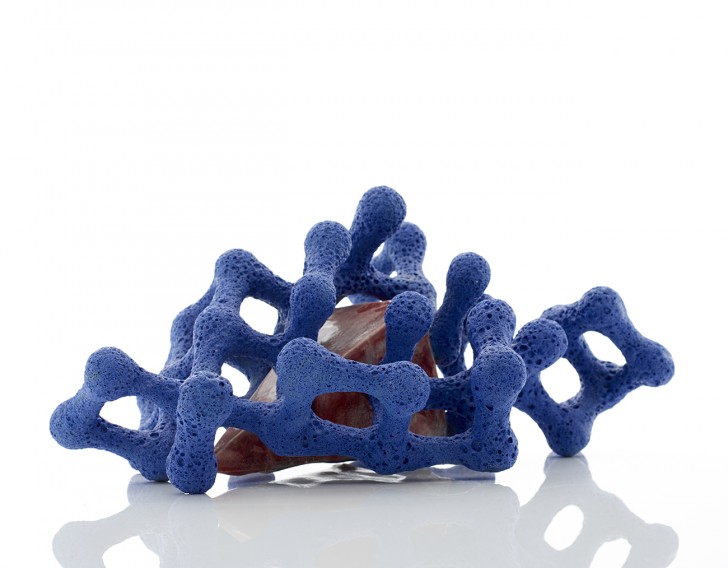
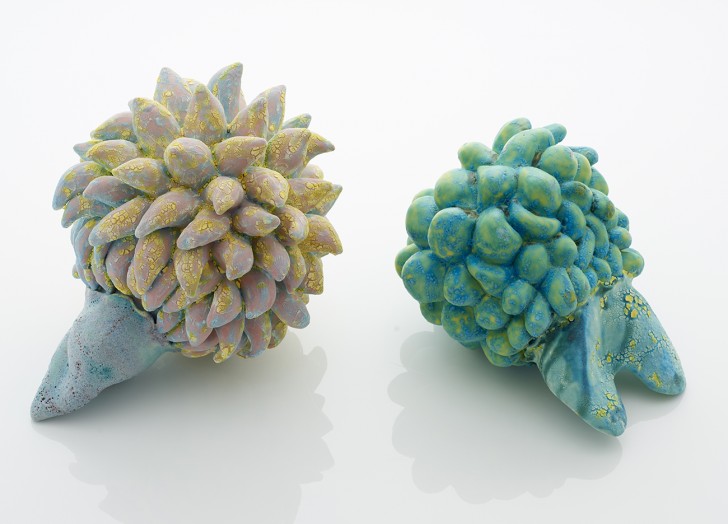
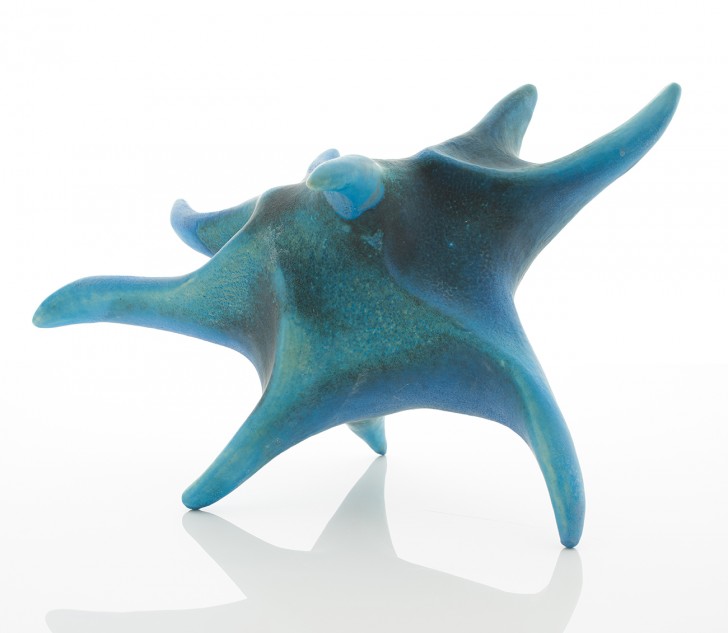
Tessa Eastman
Straddling the natural and the surreal, the sea-like forms by ceramicist Tessa Eastman are an exercise in expressive hand building. Structurally complex, grid-like lattices graphically grow from more bulbous bodies, while juxtaposing pocked surface textures with smooth finishes. Eastman enjoys experimenting with color and takes time in developing her brilliant hues of cobalt blue and yellow, or lime and sugary pink. Pieces are sometimes glazed and fired up to four times to achieve such richness of gloss, color, and texture. (Photos: Sylvain Deleu)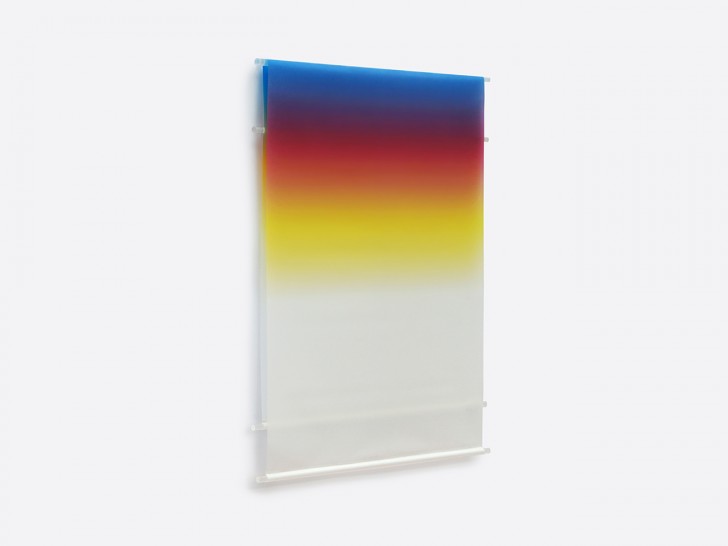
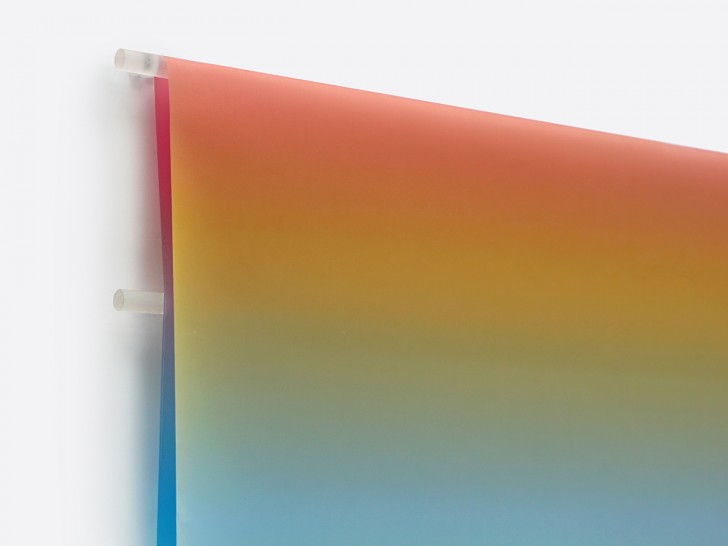
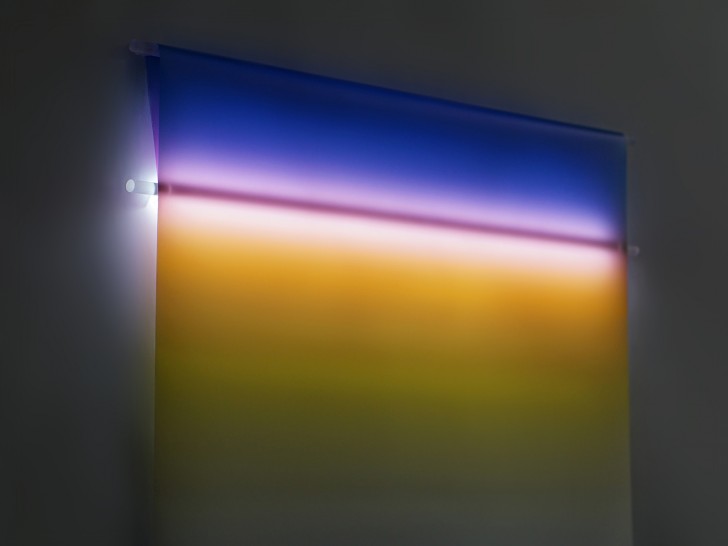
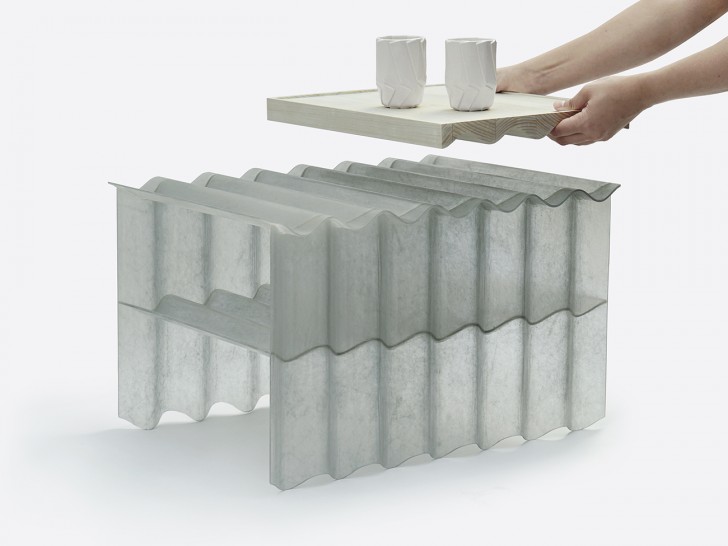
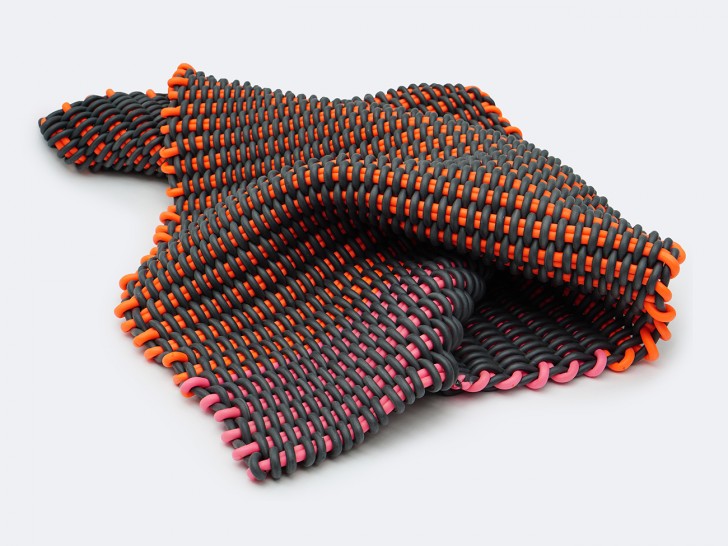
Louie Rigano
The American-born designer — and frequent Sight Unseen-er — Louie Rigano never ceases to impress us with his packed catalog of new designs and collaborative projects. A Design Products graduate, favorites among Rigano’s work include the Color Space Light, in which a gradient printed onto diffusion film is rolled over a light source, running through a spectrum of colors according to the scroll’s positioning. Interface Table looks at the physical and visual connection of adjoining surfaces. In this instance, corrugated fiberglass is both robust and translucent in having functional planes for storage and revealing typically unseen joinery details. The woven Shore Rugs, made in collaboration with fellow graduate Gil Müller, are made of silicon cord, a custom, high-performance industrial material that is simultaneously durable and waterproof for outdoor use and soft to walk on.
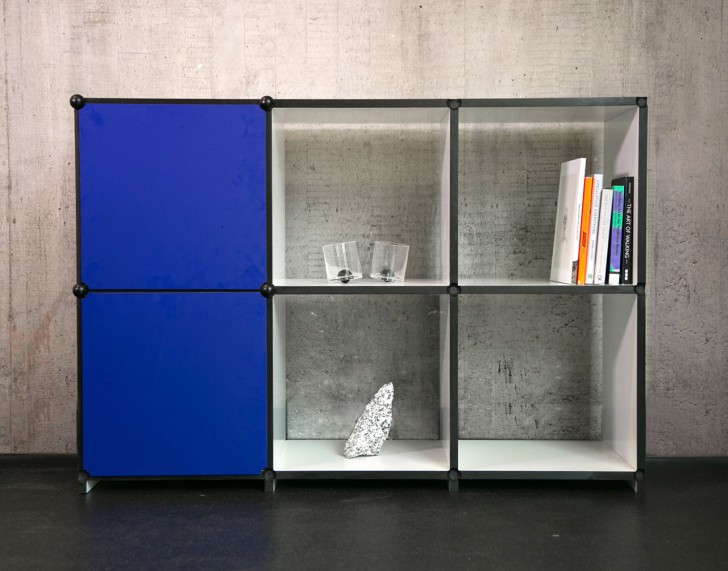
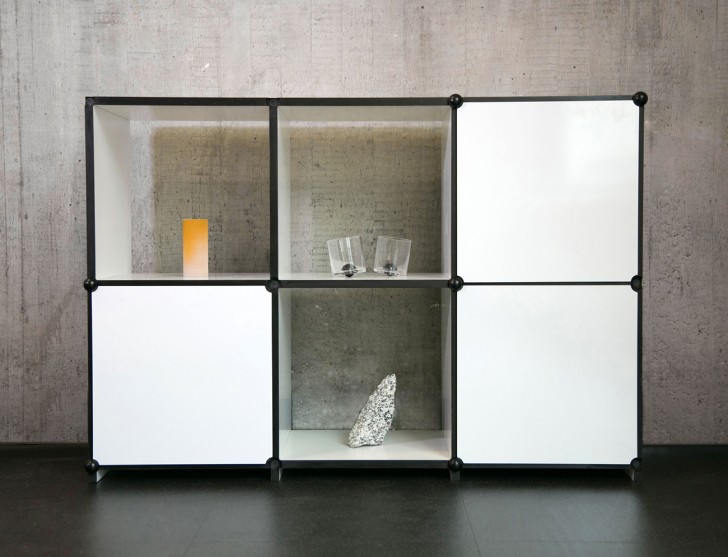
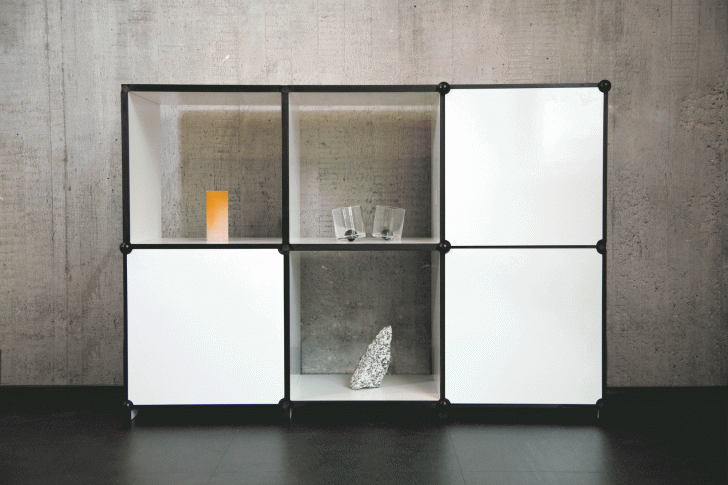
Stine Keinicke
In a world where digital touch screens are eliminating our tactile relationship with objects, Stine Keinicke has created Kinetic Domestic, a series of products designed to evoke emotional responses through movement. Comprising a tumbler, a glass light, and a cabinet system, all of the objects’ functions are enabled through direct interaction. Tumble glass playful rotates on its bottom whilst swirling wine; the glass Roll Light is dimmable according to the user’s taste; and the doors on the flexible Flip Cabinet can be detached and rearranged thanks to magnetic spheres in the doors’ corners.
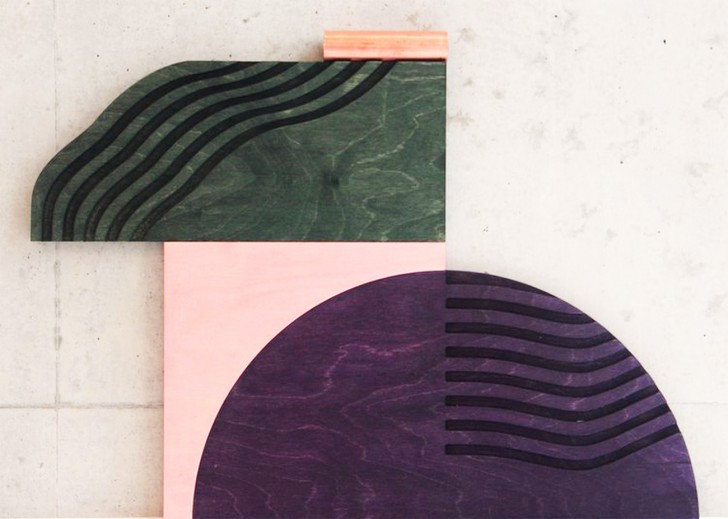
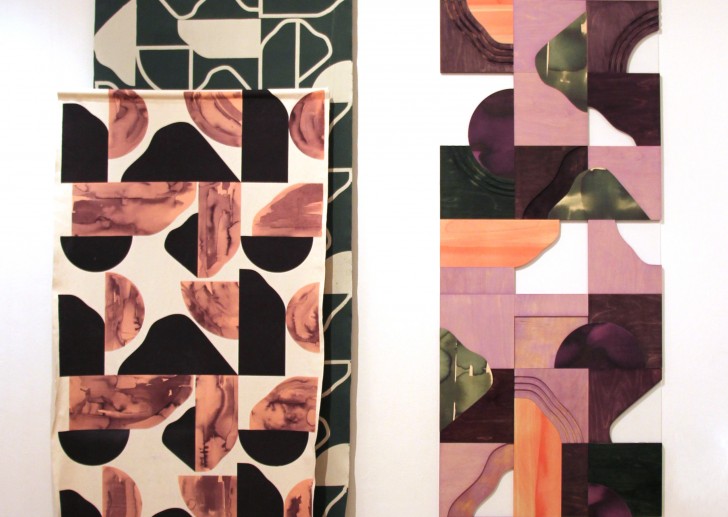
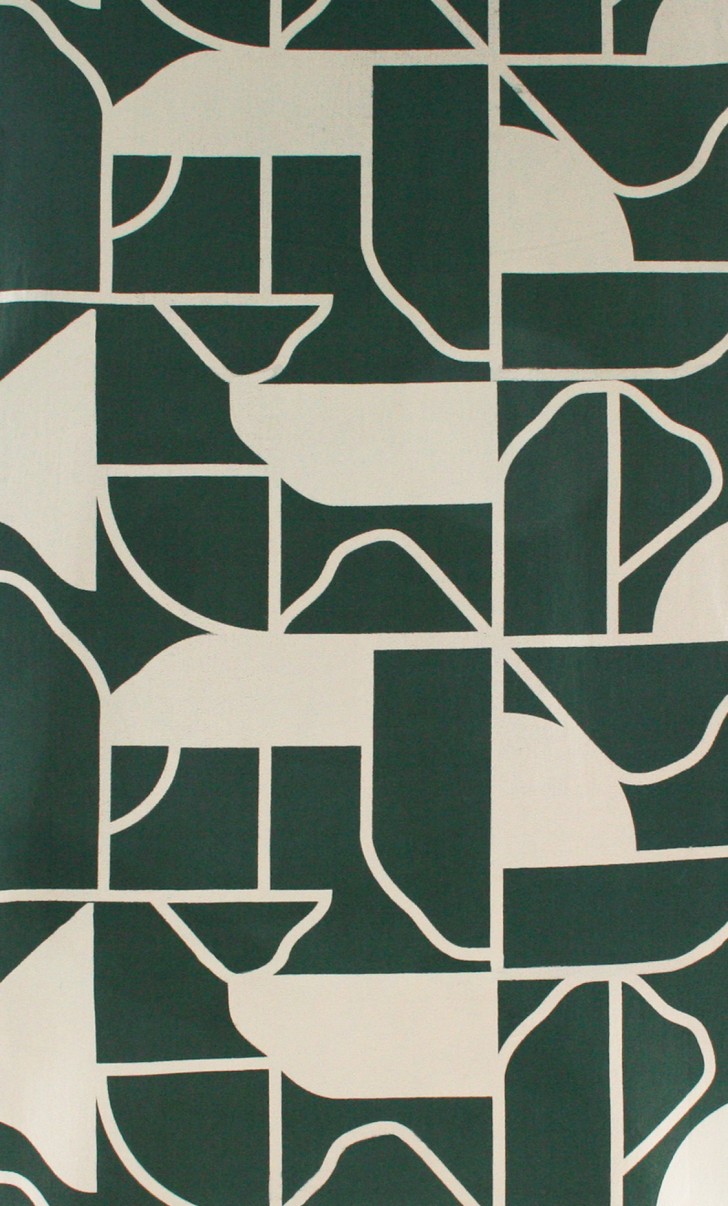
Caroline Cox
The fabric and wood wall coverings by textile designer Caroline Cox capture natural environments and landscapes that Cox observed during a research trip to the west coast of Scotland. We particularly love her modular wall panels, which play with composition, exploring positive and negative shapes in various arrangements. The routed surfaces bring further, graphic interruption to the visual elements.
